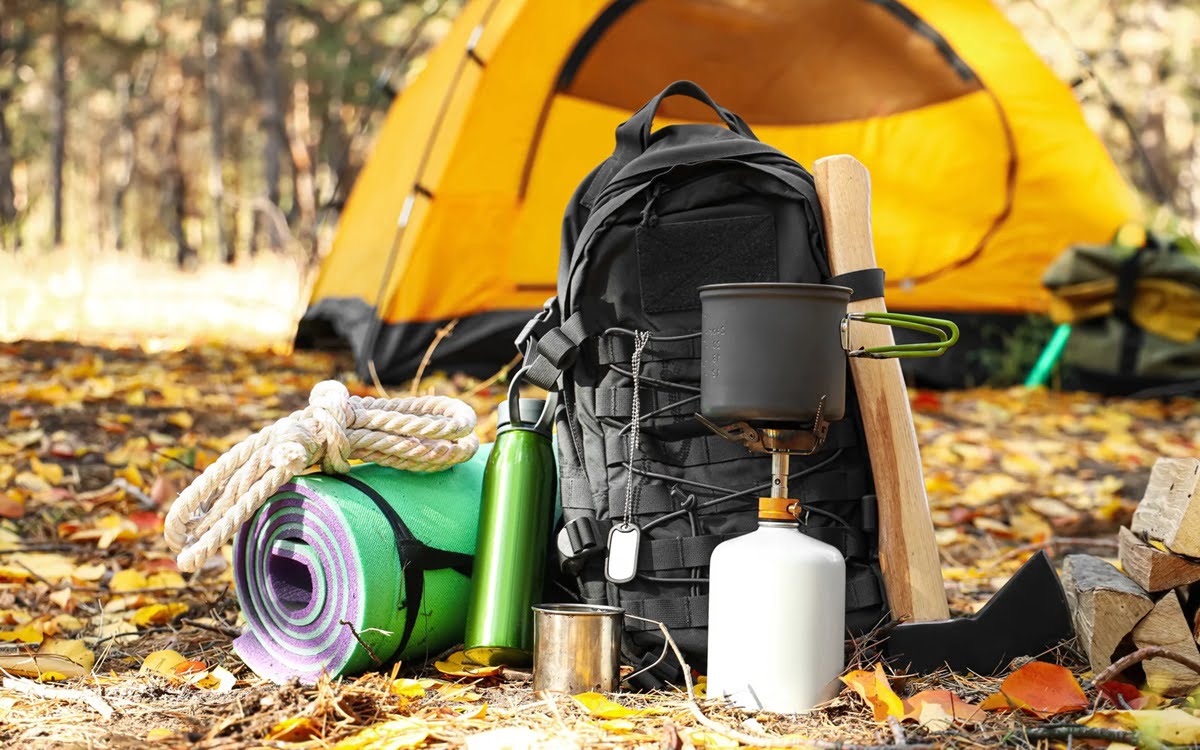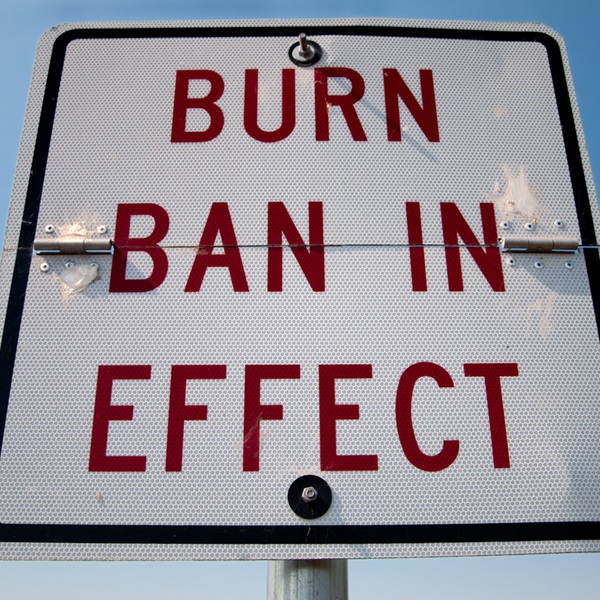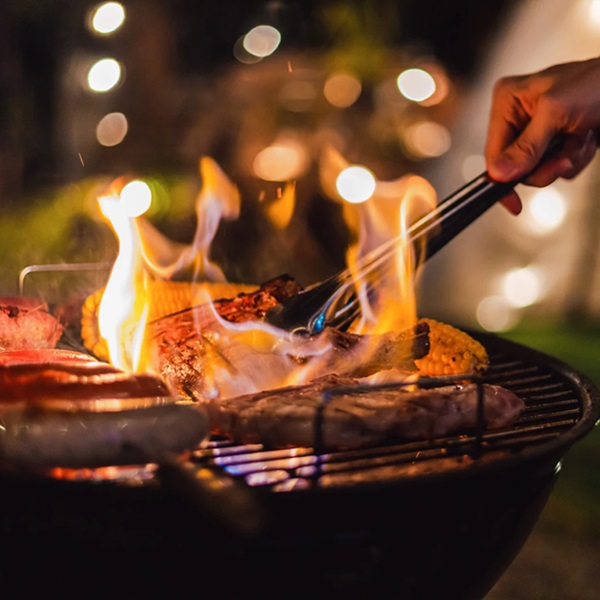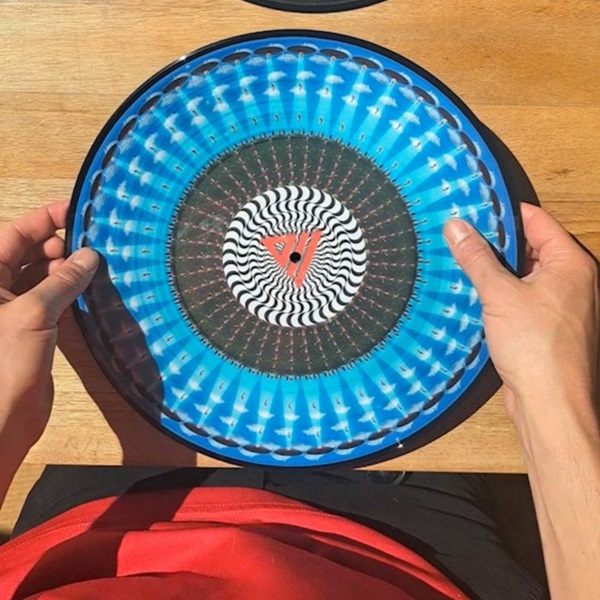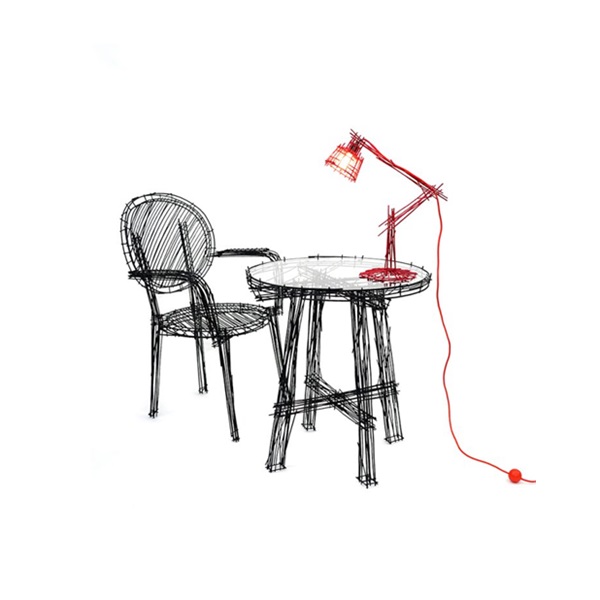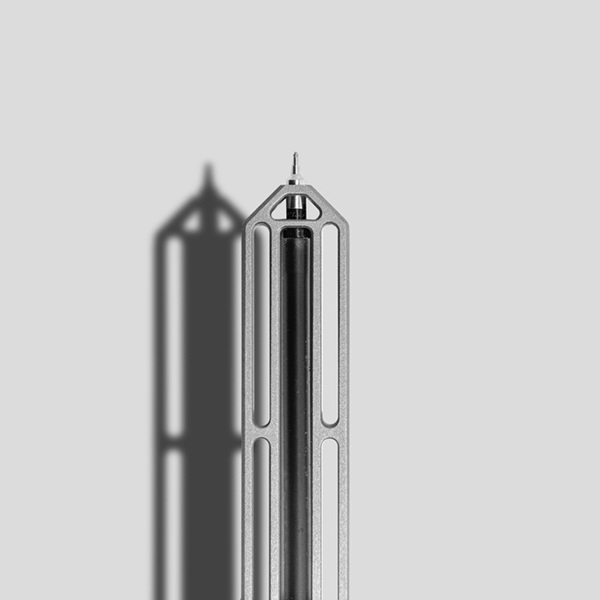
Autumn offers a perfect blend of cooler temperatures and vibrant landscapes. Therefore, fall camping is considered one of the best outdoor activities. The crisp air, the sound of leaves crunching underfoot, and the breathtaking yellow and brown colors belonging to the season create a unique and serene atmosphere.
In addition, fall camping allows you to experience nature at its most beautiful and tranquil, away from the summer crowds. If you are here, reading our blog, you need a guide that needs to persuade you to camp in the fall.
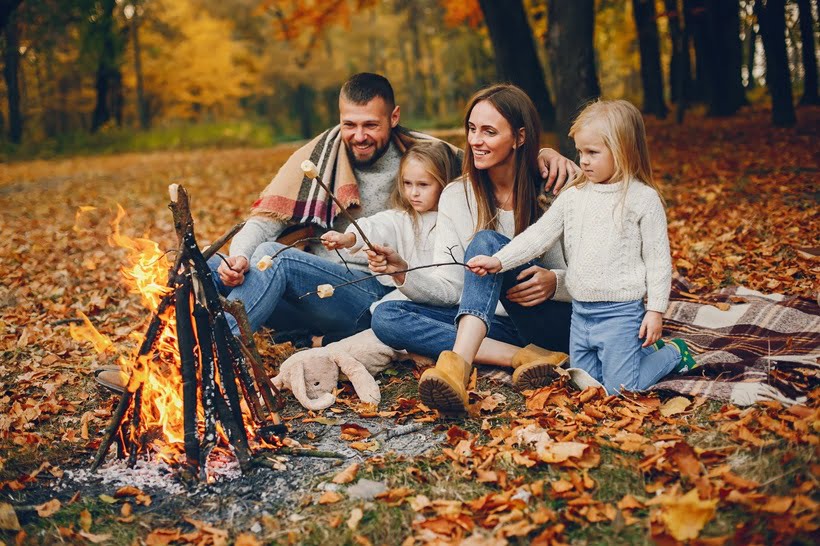
Planning the Fall Camping Trip
Planning a trip for camping in autumn requires preparation to ensure a smooth and enjoyable experience. First, you should start by checking the weather conditions with your campsite provider. Because fall weather can be unpredictable.
Secondly, even if the campsite provider indicates there is no need to make a reservation, you should! Because you cannot predict if other campers decide to camp at the same site. In order not to lose your spot, make your reservation in advance.
Additionally, you can ask your campsite provider about the campsite conditions and weather predictions to get the specific camping gear. For example, you may need warm sleeping bags, weather-resistant tents, and layered clothing.
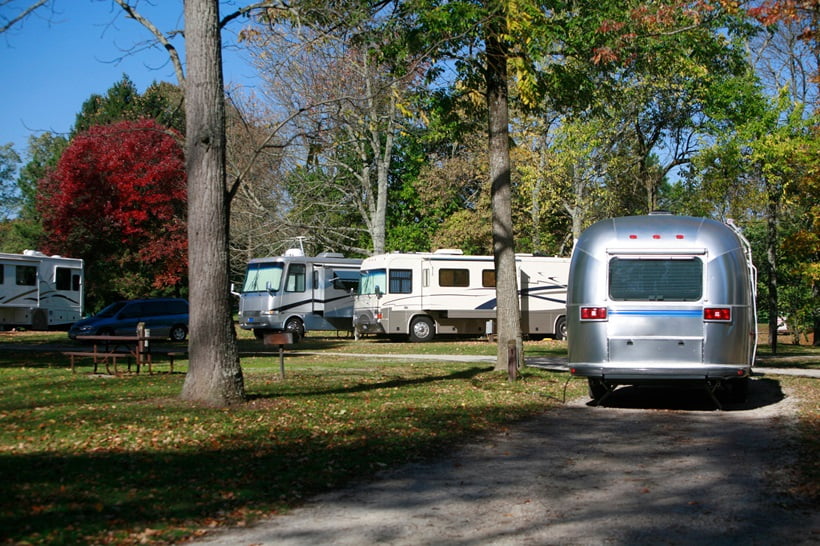
Fall Camping Gear List
Every season requires specific camping gear, and fall is no exception. As temperatures drop and weather conditions change, you should get the right gear to stay comfortable and safe. We have lots of tips for camping in the fall. And the gear list is actually what you need in the first place.
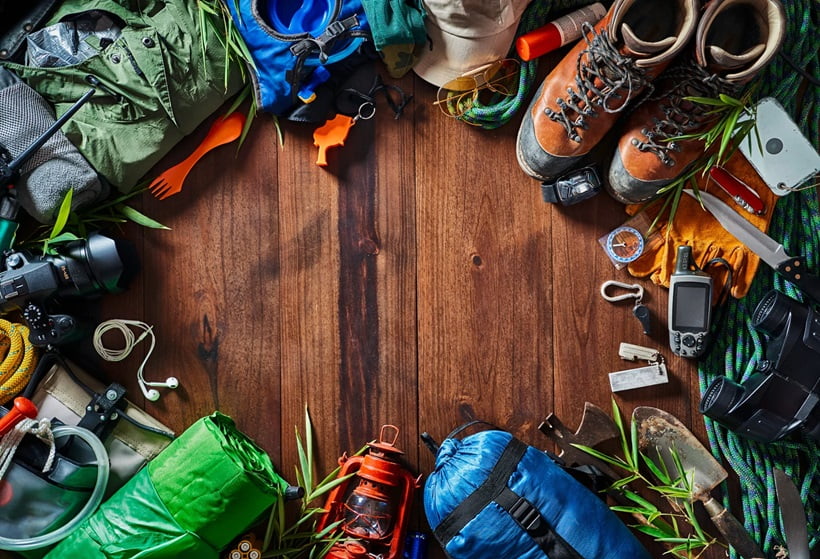
Warm Sleeping Bag
A sleeping bag rated for lower temperatures is your essential gear for fall camping. You can look for one that offers insulation and comfort that will keep you warm during chilly nights.
Weather Resistant Tent
A tent designed to withstand wind and rain is vital in the fall. You should get a tent with a sturdy frame and waterproof rainfly to keep you dry and protected.
Insulated Sleeping Pad
You should complete your gear and stop wondering how to stay warm camping in the fall. Insulated sleeping pad along with warm sleeping bag and weather-resistant tent adds layer of warmth and comfort. It helps to retain body heat and provides cushioning for a restful sleep.
Layered Clothing
If you have no idea about what to wear camping in the fall, here is our suggestion. First, you should pack moisture-wicking base layers, insulating mid-layers, and a waterproof outer layer. With this way, you can adjust your clothing based on the weather and activity level.
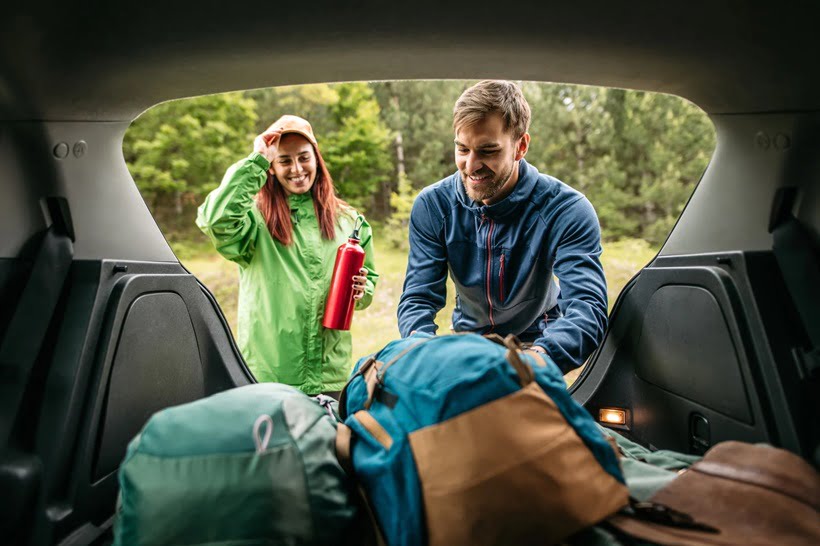
Thermal Blanket
You cannot predict what you can come across in the outdoors. For emergency reasons, you can carry a thermal blanket to provide extra warmth.
Water-Resistant Footwear
Fall means rain. In the rain, you need water-resistant footwear. Sturdy, water-resistant boots with good insulation are necessary to keep your feet warm and dry during fall hikes and around the campsite.
Check the Best Places to Camp in the Fall
Setting up camp in the fall is not easy. Because you have to ensure your safety and comfort at the same time. Therefore, choosing the right spot at the campsite can make a significant difference in your overall camping experience.
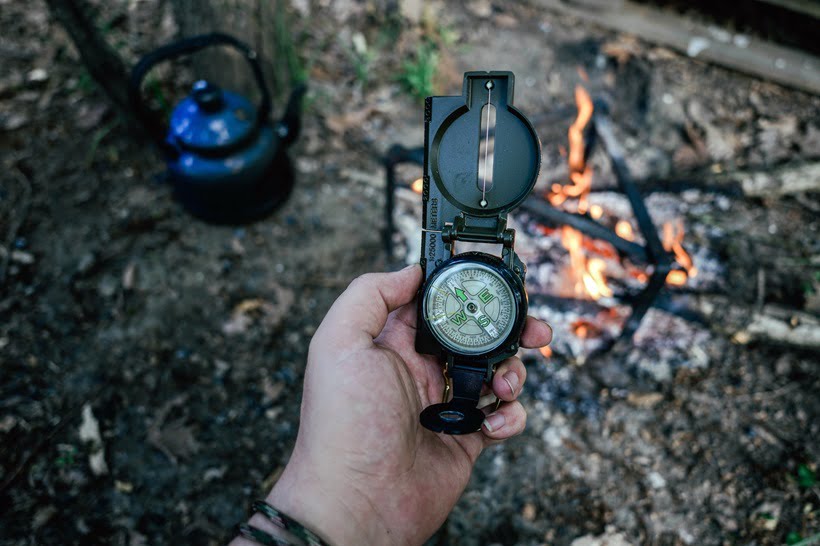
You can check some key factors to consider as follows:
Elevation: Select a campsite on higher ground to avoid damp or flooded areas, especially if rain is in the forecast. This helps prevent water from pooling around your tent.
Wind Protection: Look for natural windbreaks like trees or hills to shield your tent from strong winds. This will keep your campsite warmer and reduce the risk of damage to your gear.
Sun Exposure: Position your tent to take advantage of morning sunlight. This helps warm up your campsite and reduces moisture buildup from the night before.
Ground Surface: Choose a flat, dry surface for setting up your tent. Clear away any rocks, sticks, or debris to ensure a comfortable sleeping area and to protect your tent floor.
Distance from Water: Set up camp at least 200 feet away from rivers, lakes, or streams. This reduces the risk of flooding and minimizes your impact on the local ecosystem.
Fire Safety: Ensure there’s a safe and designated area for a campfire, away from dry brush or overhanging branches. Always follow campsite rules for fire safety and extinguish the fire completely before leaving.
Wildlife Awareness: Avoid setting up camp near animal trails or food sources. Store food securely to prevent attracting wildlife to your campsite.
Eat Warm Food
You cannot believe how hearty and warm food affects your fall camping adventure. As temperatures drop, nourishing meals not only keep you warm but also boost your energy levels, making your outdoor experience more enjoyable. Warm dishes bring comfort, helping you stay cozy and satisfied in the crisp autumn air.

Some of the food you can cook during camping is waiting for you:
Campfire Chili: Prepare a simple chili with ground beef, beans, tomatoes, and spices. Simmer over the campfire for a hearty, warming meal.
Foil-Packet Potatoes: Slice potatoes, add butter, garlic, and herbs, then wrap in foil. Cook over the fire for a tasty and easy side dish.
Grilled Cheese Sandwiches: Toast bread with cheese in a cast-iron skillet over the fire for a quick, gooey treat. Pair with hot soup for extra warmth.
Oatmeal with Dried Fruits: Boil water and add instant oats with dried fruits like cranberries or apricots. A hot, nourishing breakfast to start the day.
Hot Chocolate: Heat milk or water, then stir in cocoa powder and sugar. Top with marshmallows for a comforting, sweet drink by the campfire.
In conclusion, fall camping offers a unique and unforgettable experience. Because the season itself blends the beauty of autumn with the thrill of outdoor adventure. By carefully planning your trip, packing the right gear, choosing an ideal campsite, and enjoying warm, hearty meals, you can fully embrace the joys of the season. With the crisp air, stunning foliage, and fewer crowds, fall camping is the perfect way to connect with nature and create lasting memories.

